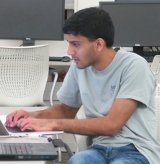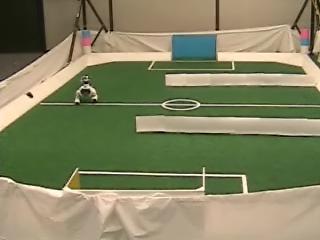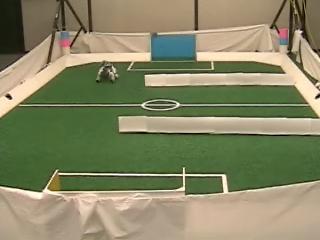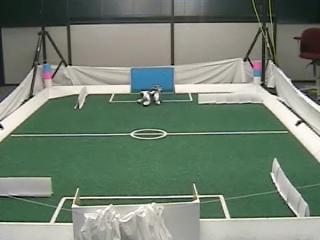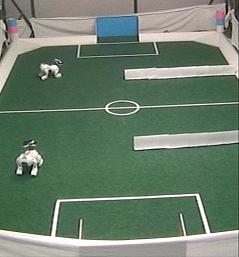Continual Area Sweeping
As mobile robots become increasingly autonomous over extended periods of time, opportunities arise for their use on repetitive tasks. We define and implement behaviors for a class of such tasks that we call continual area sweeping tasks. A continual area sweeping task is one in which a robot (or group of robots) must repeatedly visit all points in a fixed area, possibly with non-uniform frequency, as specified by a task-dependent performance criterion. Examples of problems that need continual area sweeping are trash removal in a large building and routine surveillance. We present a formulation for this problem and an initial algorithm to address it. The approach is analyzed analytically and is fully implemented and tested, both in simulation and on a physical robot.Three movies referenced in the ICAR 2005 paper (for the ICRA 2006 movie, scroll down):
The movie referenced in the ICRA 2006 paper:
Full details of our approach are available in the following papers. The ICAR'05 paper presents the single-robot case and the ICRA'06 paper deals with the multirobot case.
- Continual Area Sweeping:A Task Definition and Initial Approach
Mazda Ahmadi and Peter Stone.
The 12th International Conference on Advanced Robotics (ICAR) - A Multi-Robot System for Continuous Area Sweeping Tasks
Mazda Ahmadi and Peter Stone.
2006 IEEE International Conference on Robotics and Automation (ICRA)
